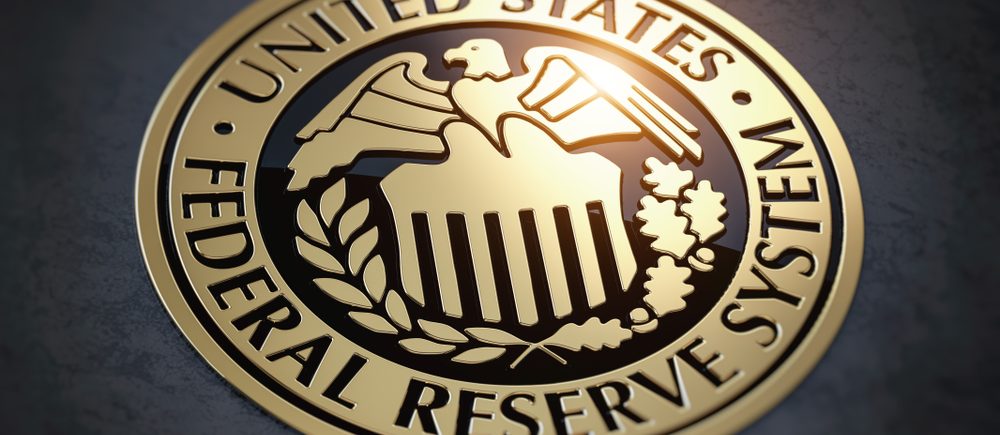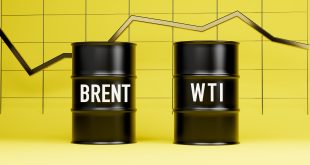Friday’s new inflation data has indicated that while prices kept uncomfortably high in September, a slowdown in wage growth could be seen as a signal of some relief. That is an encouraging development for the Fed, which is battling to bring down the highest inflation in 40 years.
The Personal Consumption Expenditures Index, which measures prices paid by consumers for goods and services, climbed by 0.3% from August to September but remained unchanged at 6.2% for the year, according to the latest report from the Bureau of Economic Analysis.
The US economy bounced back last quarter after shrinking in the first half of the year. Core PCE, which strips out volatile food and energy prices and is the Fed’s preferred measure of inflation, climbed by 5.1% on an annual basis, higher than the August rate of 4.9% but below the consensus estimate of 5.2%.
From August to September, the core index rose by 0.5%, matching estimates. The prior month’s jump was revised down to 0.5% from 0.6%.
Separately, the Bureau of Labor Statistics released its latest Employment Cost Index, which shows a slowdown in wage and salary growth in quarterly labor costs. The central bank keeps a close eye on the ECI report to monitor the extent to which skyrocketing inflation is boosting wages, and fueling inflation.
The latest numbers come just days before the Fed meets to discuss another rate hike — and as Americans hit the polls to vote in midterm elections.
This data confirm the Fed has more work to do to cool demand and reduce inflation and keep policymakers on track to raise the federal funds rate by another 75 basis points at the FOMC meeting next week.

 Noor Trends News, Technical Analysis, Educational Tools and Recommendations
Noor Trends News, Technical Analysis, Educational Tools and Recommendations




